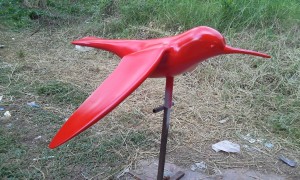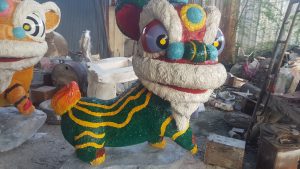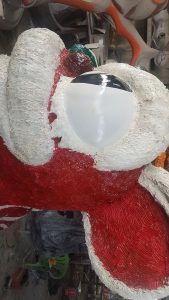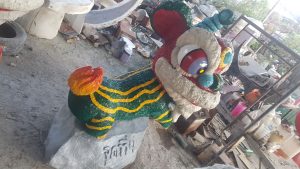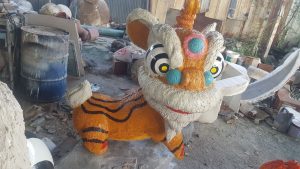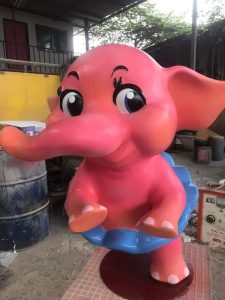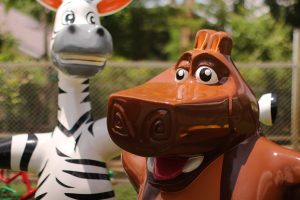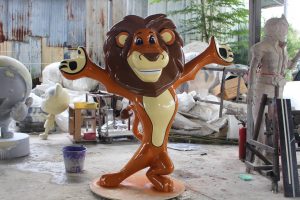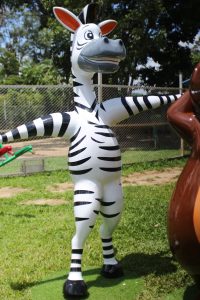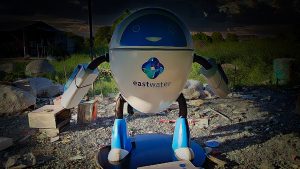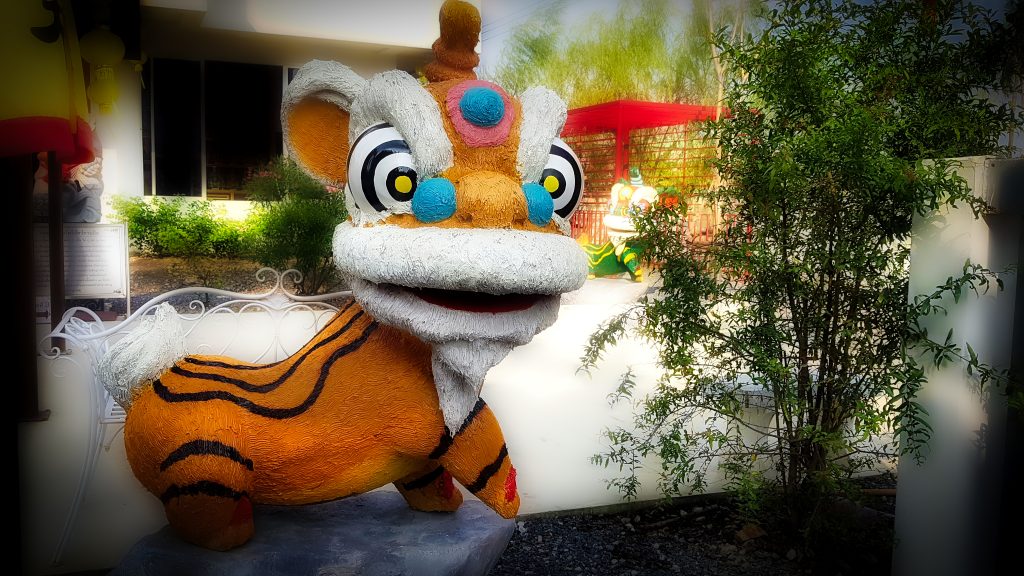
หุ่นสิง กับวิธีทำ “ลาย” ขนแบบใหม่
ในการทำหุ่นสิงค์ตัวนี้นั้นโจทย์ของการทำลวดลายของสิงห์ให้ต่างจากงานไฟเบอร์กลาสธรรมดาทั่วไปที่มักจะมีผิวเรียบเงา เราจึงใช้วิธีการนำเอาเรซิ่นที่มีความหนืดที่สูงเหมือนดินน้ำมันมาผสมสีแล้วใช้แปรงแต่งเรซิ่นเหมือนกับปั้นดินน้ำมันลงบนผิวงานทำให้ได้พื้นผิวที่เหมือนกับมีชีวิต
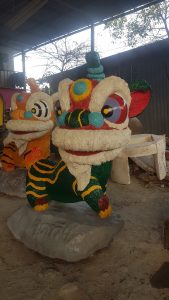
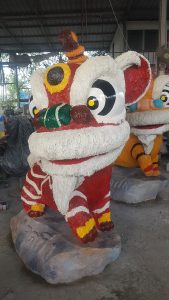
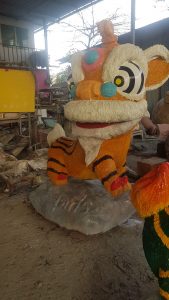
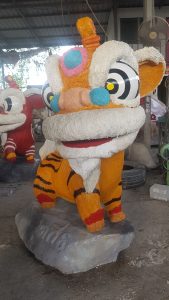
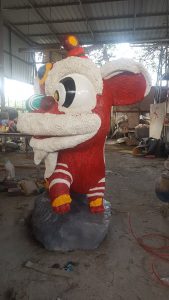
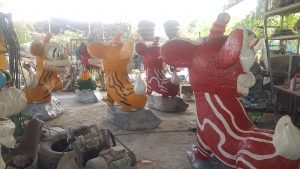
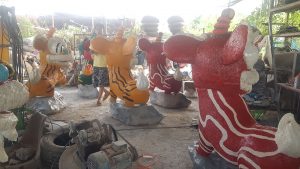
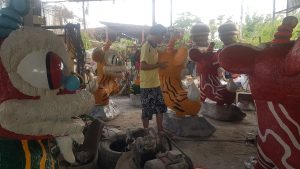
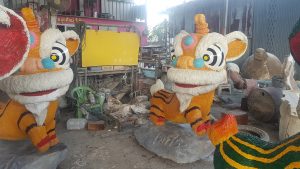
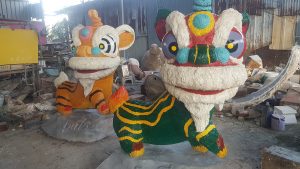
Sculpture, an art form steeped in tradition, has always sought to capture and manipulate texture to breathe life into the inert medium. However, the advent of new technologies and unconventional methods has spurred a revolution in sculpting techniques, birthing a new era of textural exploration. This essay delves into the innovative ways artists are sculpting textures using alternative techniques, reshaping the boundaries of what is conceivable in the realm of sculptural art.
Traditional sculpting techniques predominantly involved the manipulation of physical materials like stone, clay, or metal, employing tools and hands to carve, mold, or shape the surface to achieve desired textures. However, the emergence of alternative techniques, such as digital sculpting, additive manufacturing, and mixed-media approaches, has expanded the horizons of textural exploration in sculptural art.
Digital sculpting, propelled by advancements in computer software and hardware, has redefined the creative process for artists. Utilizing specialized software, sculptors can craft intricate textures by manipulating virtual surfaces in three-dimensional space. With the ability to zoom, rotate, and manipulate forms with unprecedented precision, artists can experiment with textures that transcend the limitations of physical tools. Software like ZBrush or Blender enables artists to simulate diverse textures, from the organic intricacies of natural forms to the surreal and fantastical.
Furthermore, additive manufacturing, commonly known as 3D printing, has revolutionized sculpting by translating digital designs into tangible objects. This technology allows artists to materialize complex textures that were once inconceivable. Layer by layer, sculptures are constructed, opening doors to intricate patterns, interlocking structures, and detailed surfaces that push the boundaries of tactile experiences.
Moreover, the integration of mixed-media approaches has enabled artists to combine various materials, merging traditional sculpting methods with modern elements. By juxtaposing contrasting textures, such as combining wood with metal or incorporating natural elements like foliage, artists create dynamic and multifaceted textures that evoke sensory experiences beyond visual perception.
These alternative techniques not only redefine the possibilities of texture but also democratize access to sculpting. Digital platforms provide avenues for aspiring artists to explore and learn without the constraints of costly materials or studio space. Additionally, the collaborative nature of these technologies fosters a global exchange of ideas and techniques, enriching the artistic landscape with diverse textures and styles.
Nevertheless, while these alternative techniques offer boundless creative opportunities, they also raise questions about the essence of traditional craftsmanship and the tangible connection between artist and material. The tactile sensation of molding clay or carving stone, which has defined sculpting for centuries, faces the risk of being overshadowed by the allure of digital precision and convenience.
In conclusion, the new wave of sculpting texture through alternative techniques represents a paradigm shift in the art of sculptural creation. Digital sculpting, additive manufacturing, and mixed-media approaches have broadened the scope of possibilities, enabling artists to transcend conventional limitations and explore textures that challenge perceptions and evoke emotions. However, as technology continues to evolve, the fusion of traditional craftsmanship with innovative methods becomes pivotal in preserving the authenticity and tactile essence of sculptural art.

